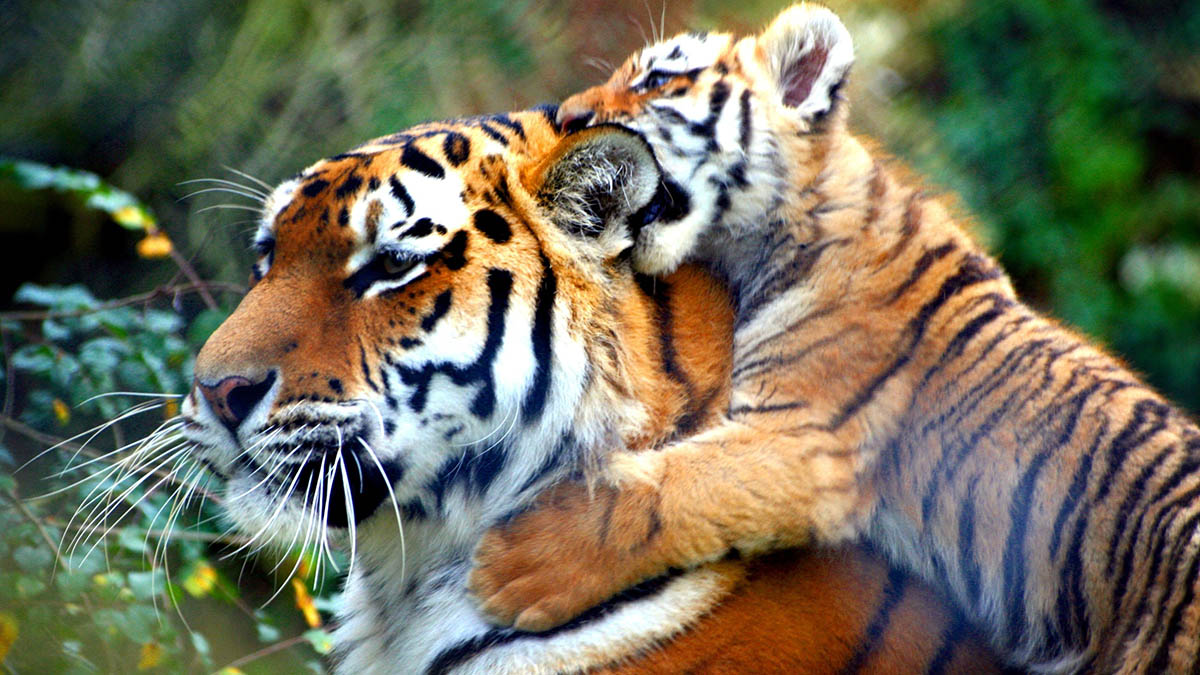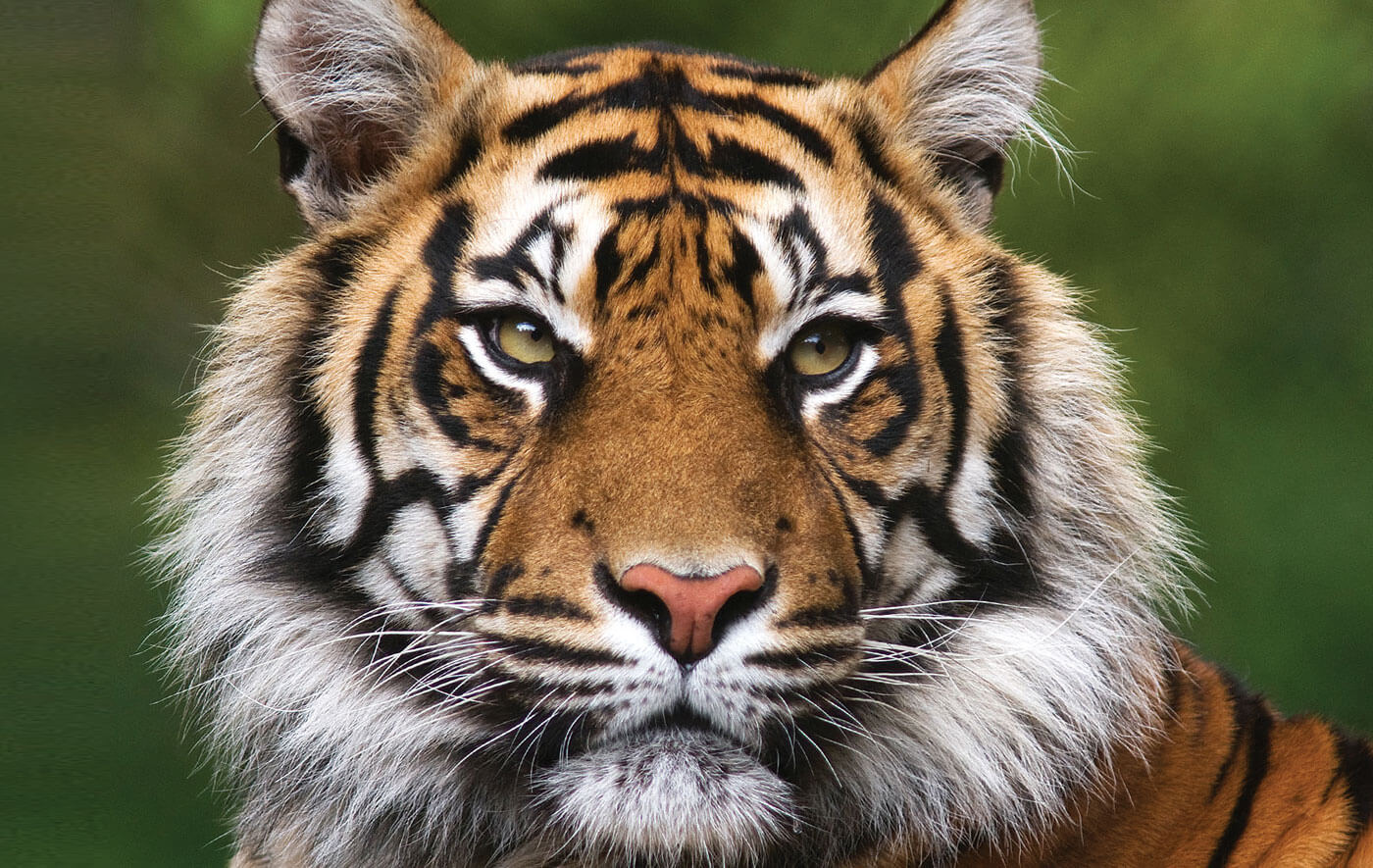More
The Tiger Population in Nepal Has Nearly Doubled

Good news! On September 23, the country of Nepal announced that its tiger population has rebounded thanks to conservation efforts. There are now an estimated 235 wild tigers in the country, nearly double the 121 tigers reported in 2009. If the trend continues, Nepal could become the first country to double its national tiger population since the TX2 goal (to double the world’s population of wild tigers) was set at the St. Petersburg Summit in 2010.
“Our commitment to the Global Tiger Recovery Program gains new ground with Nepal’s growing tiger numbers and a successful implementation of Nepal’s Tiger Conservation Action Plan,” said Bishwa Nath Oli, Secretary of the Ministry of Forests and Environment. “Protecting tigers is a top priority of the government, and we are thankful for the able support of our partners, enforcement agencies, local communities and the international community for a common purpose.”
According to the World Wildlife Fund (WWF), the success in Nepal is largely attributed to the country’s political commitment and conservation efforts. For instance, in May of this year, Nepal celebrated the achievement of 365 days of zero poaching of rhinos on five occasions between 2011 and 2018.
Nepal has also built corridors to connect patches of protected habitat, identified prey species and works to improve their habitats, and incentivizes citizens to report poaching activities. As the press release states, these efforts are an “excellent example of real conservation change that can be achieved when a country unites and coordinates the efforts of the government, enforcement agencies, conservation partners and local communities.”
“This significant increase in Nepal’s tiger population is proof that when we work together, we can save the planet’s wildlife – even species facing extinction,” said Leonardo DiCaprio, WWF-US board member and chairman of the Leonardo DiCaprio Foundation, which funds wild tiger conservation efforts.
The survey was led by the Government of Nepal’s Department of National Parks and Wildlife Conservation and Department of Forests, in partnership with WWF-Nepal, National Trust for Nature Conservation and Zoological Society of London (ZSL) Nepal. Nepal chose to conduct the survey between November 2017 and April 2018. Not only were camera traps and occupancy surveys used to estimate tiger occupancy and abundance, but line transect surveys were also used to determine prey density.
What are your thoughts? Please comment below and share this news!
Source: WWF
Typos, corrections and/or news tips? Email us at Contact@TheMindUnleashed.com

